いろいろ F(x Y Z X^2 Y^2 Z^2)=0 779108-F X Y Z X 2 Y 2 Z 2 0 Pde

Find The Average Value Of F X Y Z Over The Given Region F X Y Z X2 9
Z = f(x;y) where the two independent variables are x and y, while z is the dependent variable The graph of something like z = f(x;y) is a surface in threedimensional space Such graphs are usually quite di–cult to draw by hand Since z = f(x;y) is a function of two variables, if we want to difierentiate we haveXx = x Proof x x = (x x) 1 postulate 2(b)
F x y z x 2 y 2 z 2 0 pde
F x y z x 2 y 2 z 2 0 pde-Plot f (x,y,z)=x^2y^2z^2 WolframAlpha Have a question about using WolframAlpha?0 $ written 58 years ago by teamques10 ★
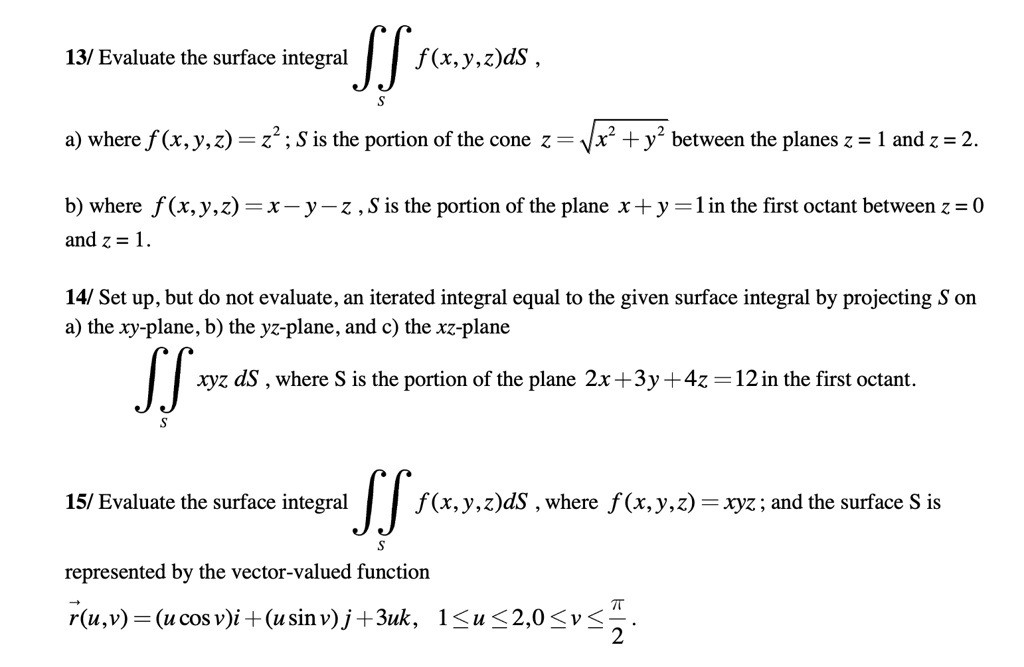
Solved 13 Evaluate The Surface Integral F X Y Z Ds Where F X Y Z 2 S Is The Portion Of The Cone Y Between The Planes Z And Z 2 B Where F
Solution to Problem Set #9 1 Find the area of the following surface (a) (15 pts) The part of the paraboloid z = 9 ¡ x2 ¡ y2 that lies above the x¡y plane ±4 ±2 0 2 4 x ±4 ±2 0 2 4 y ±4 ±2 0 2 4 Solution The part of the paraboloid z = 9¡x2 ¡y2 that lies above the x¡y plane must satisfy z = 9¡x2 ¡y2 ‚ 0 Thus x2 y2 • 9 WeLet P(x0, y0, z0) be a point on S TANGENT PLANES Suppose f has continuous partial derivatives An equation of the tangent plane to the surface z = f(x, y) at the point P(x0, y0, z0) is z – z0 = fx(x0, y0)( x – x0) fy(x0, y0)( y – y0) Equation 2 TANGENT3 cs309 G W Cox – Spring 10 The University Of Alabama in Hunt sville Computer Science Proving the Theorems Example Theorem 1 x x = x;
//googl/JQ8NysPartial Derivative of f(x, y) = xy/(x^2 y^2) with Quotient RuleTreating S as a x simple region, we have for fixed y − z, x going from 0 to q 1− y2 9 − z2 4 The projected region in the y−z plane can be described as a zsimple region in the y − z plane and described by ((y,z) 0 ≤ z ≤ 2 r 1− y2 9,0 ≤ y ≤ 3) So, the above integral is the same as Z 3 0 Z 2 q 1−y 2 9 0 Z q 1−y 2 9 −3 f(z) = Rez, with F(x;y) = x(u= x;v= 0, taking values just along the
F x y z x 2 y 2 z 2 0 pdeのギャラリー
各画像をクリックすると、ダウンロードまたは拡大表示できます
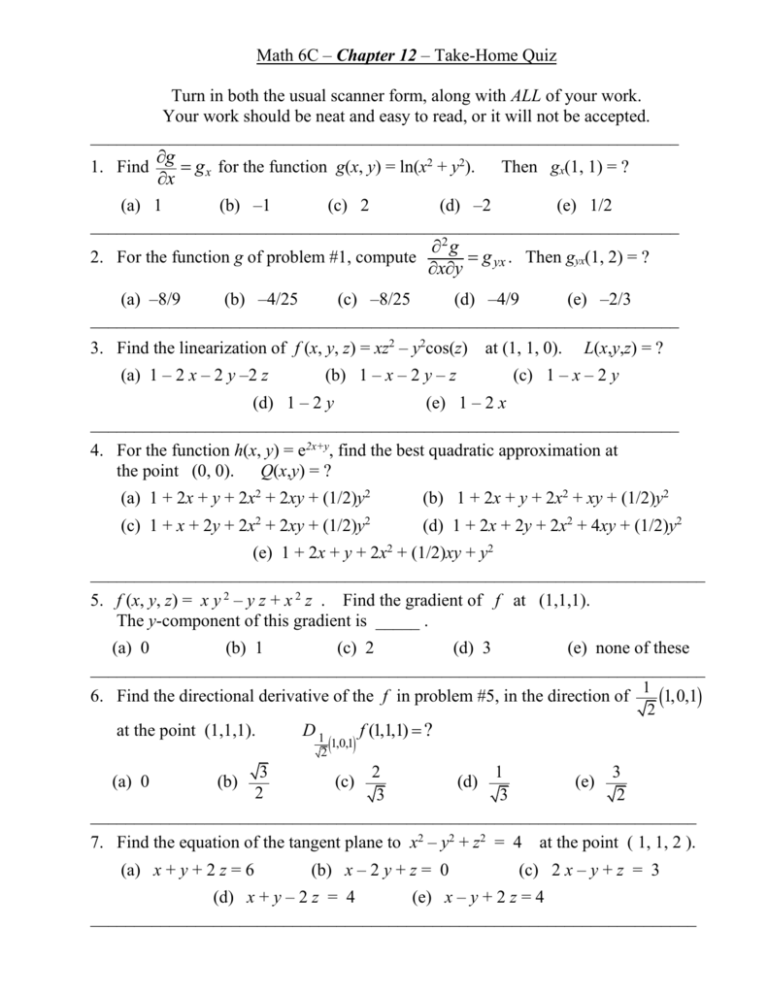 |  | |
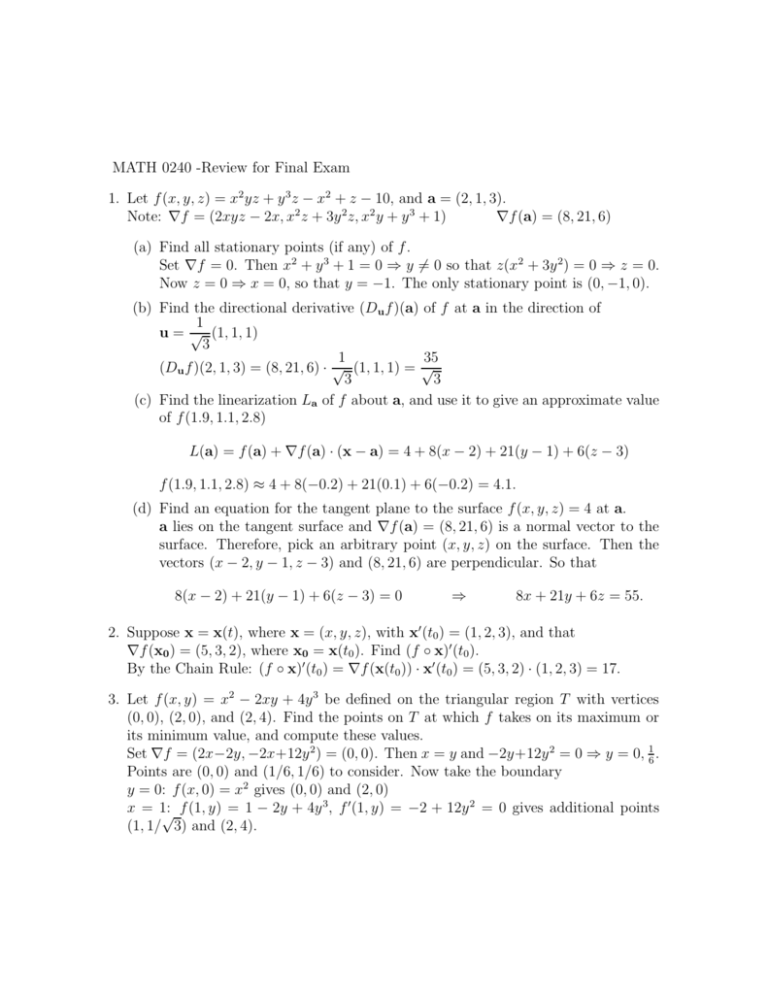 | 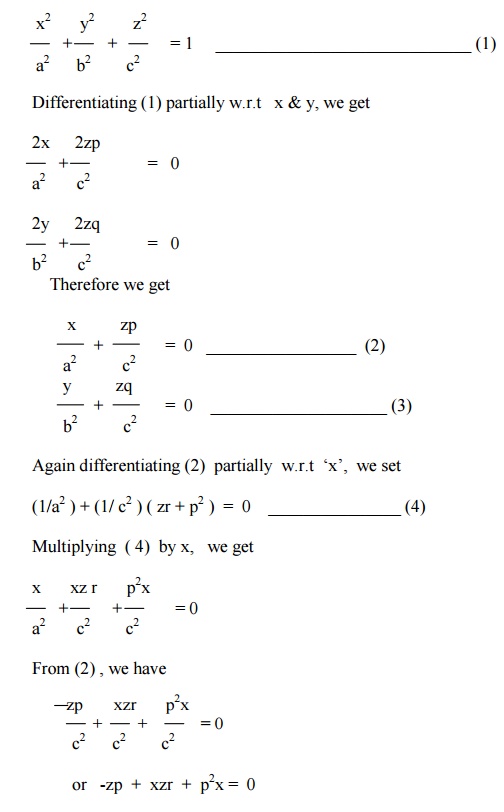 | |
 |  |  |
「F x y z x 2 y 2 z 2 0 pde」の画像ギャラリー、詳細は各画像をクリックしてください。
 | 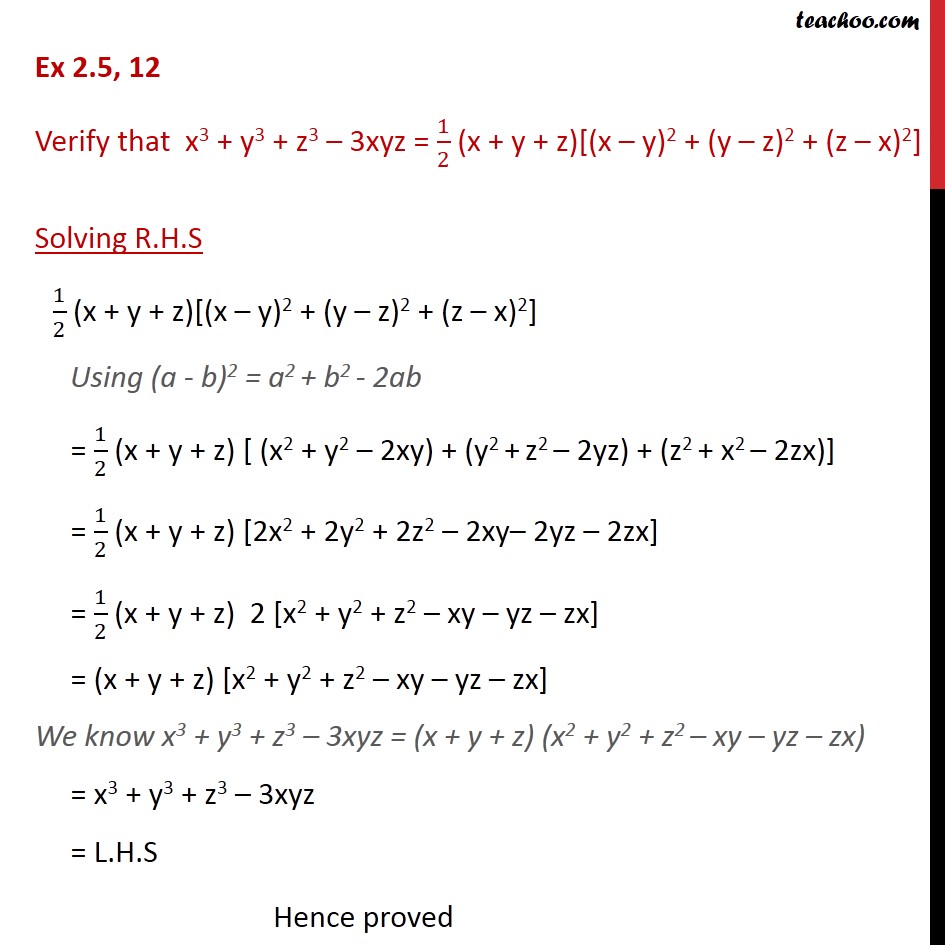 | |
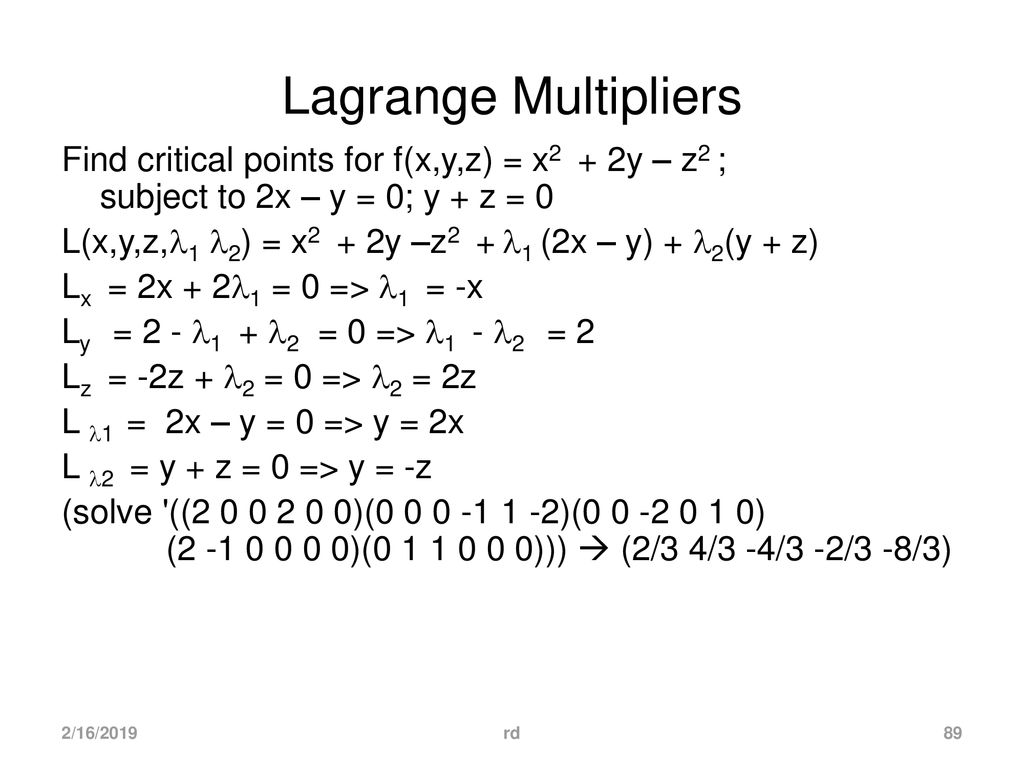 | 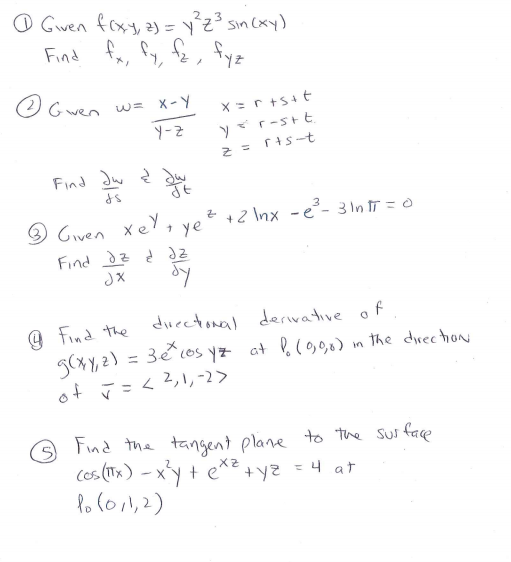 | |
 |  |  |
「F x y z x 2 y 2 z 2 0 pde」の画像ギャラリー、詳細は各画像をクリックしてください。
 |  | 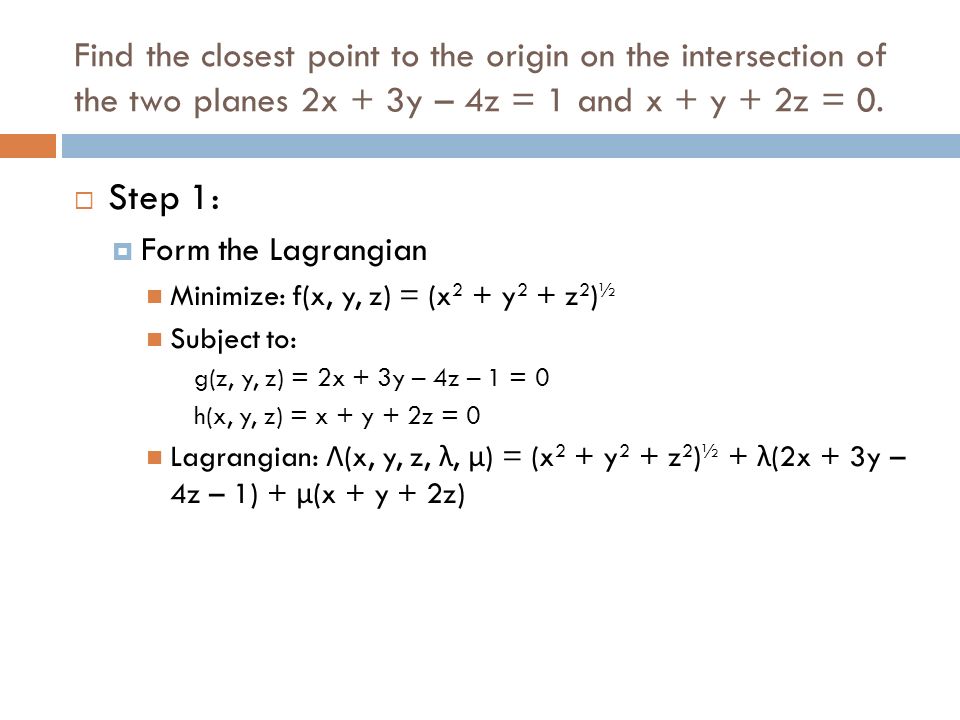 |
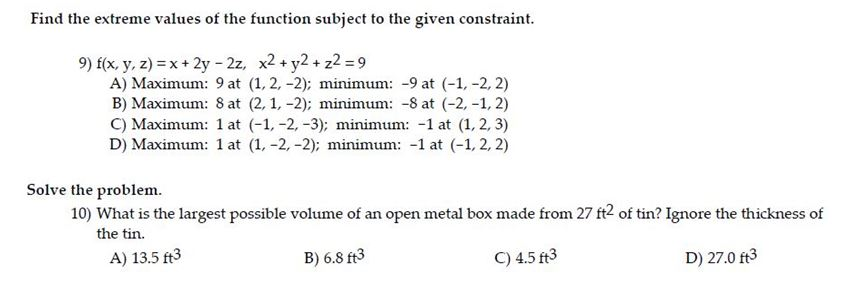 | 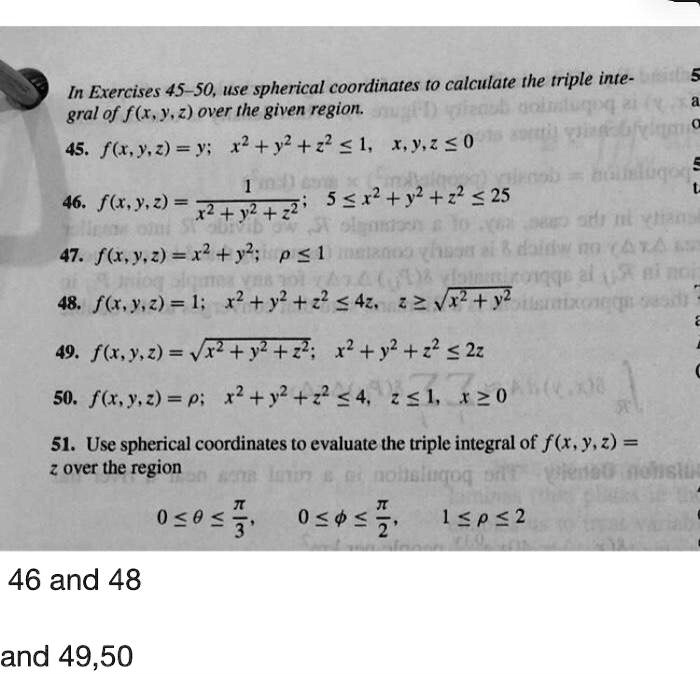 | 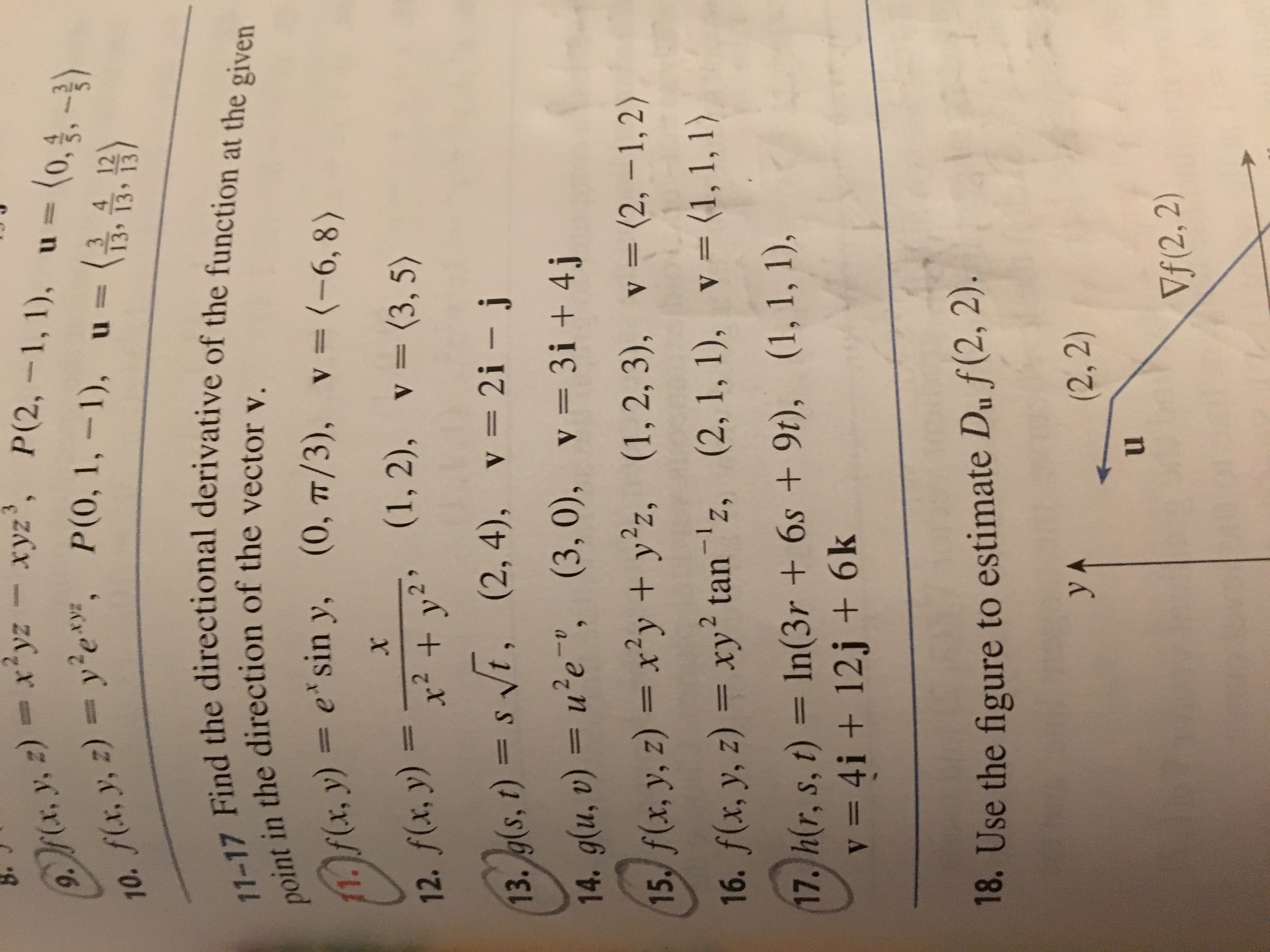 |
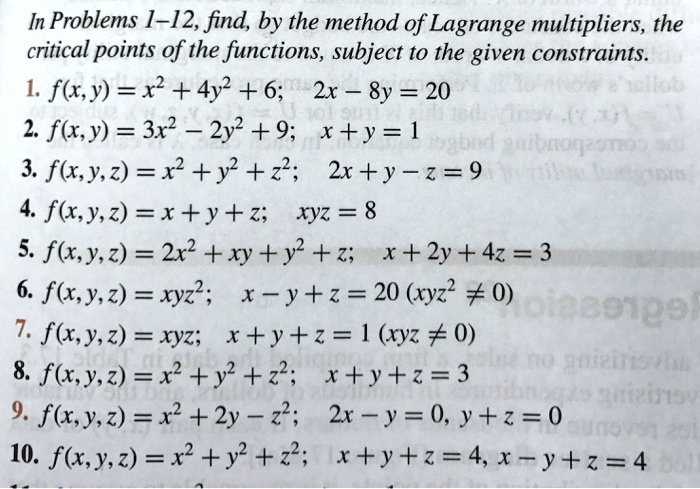 |  |  |
「F x y z x 2 y 2 z 2 0 pde」の画像ギャラリー、詳細は各画像をクリックしてください。
 |  | |
 | 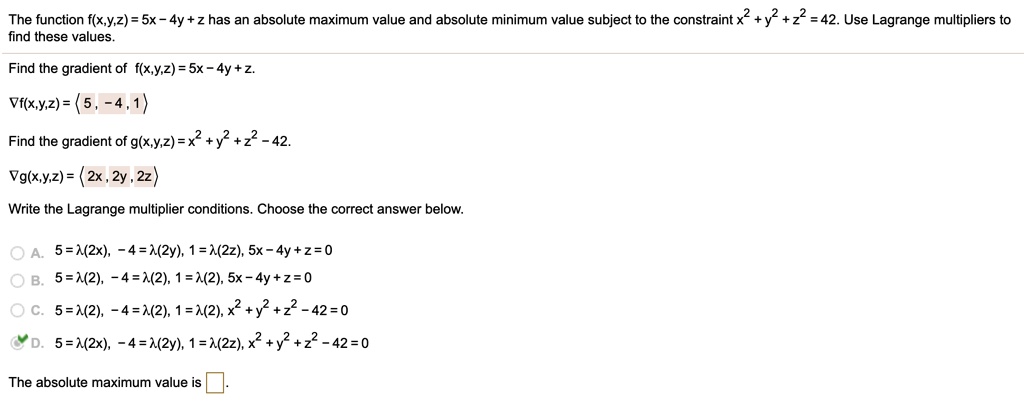 |  |
 | ||
「F x y z x 2 y 2 z 2 0 pde」の画像ギャラリー、詳細は各画像をクリックしてください。
 |  | |
 | ||
「F x y z x 2 y 2 z 2 0 pde」の画像ギャラリー、詳細は各画像をクリックしてください。
 |  | |
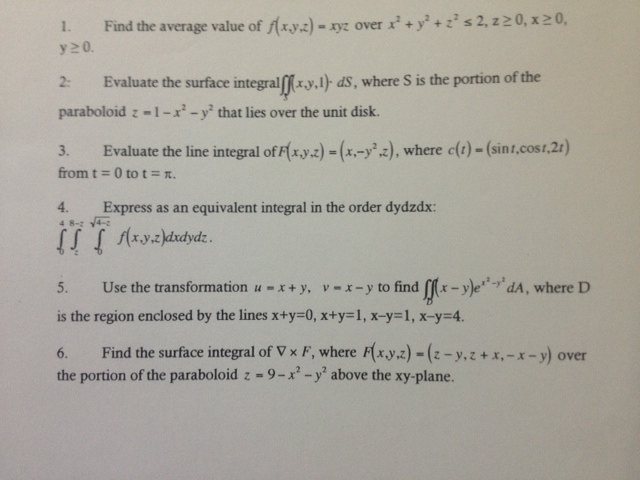 | 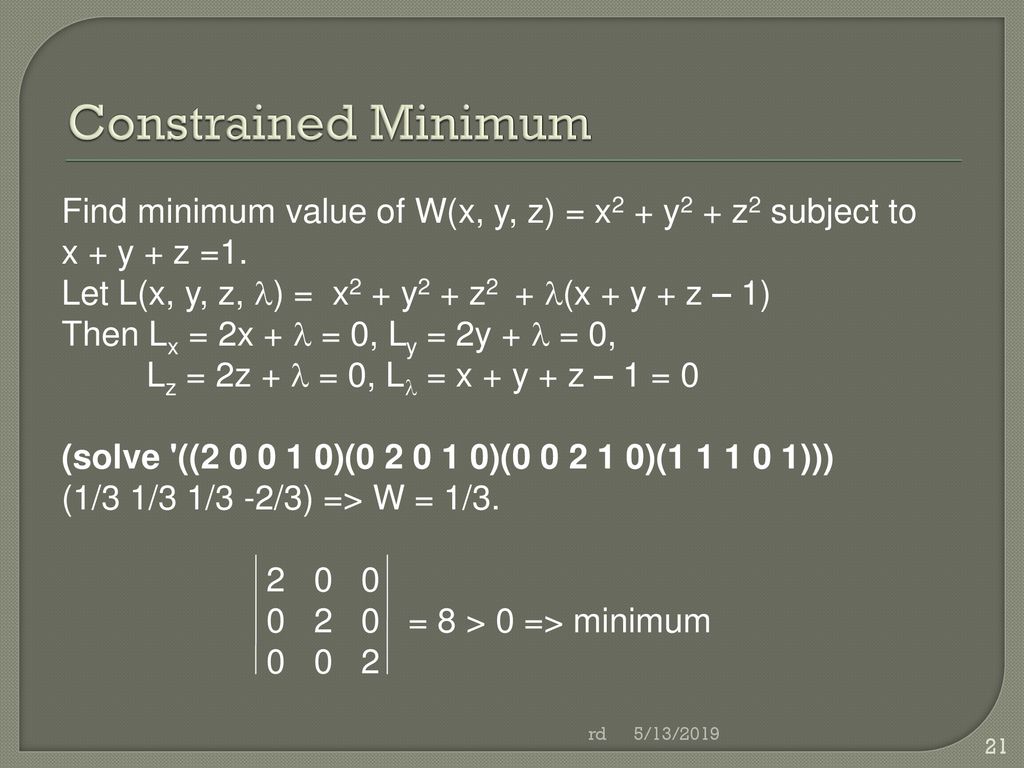 | |
 |  | |
「F x y z x 2 y 2 z 2 0 pde」の画像ギャラリー、詳細は各画像をクリックしてください。
 |  |  |
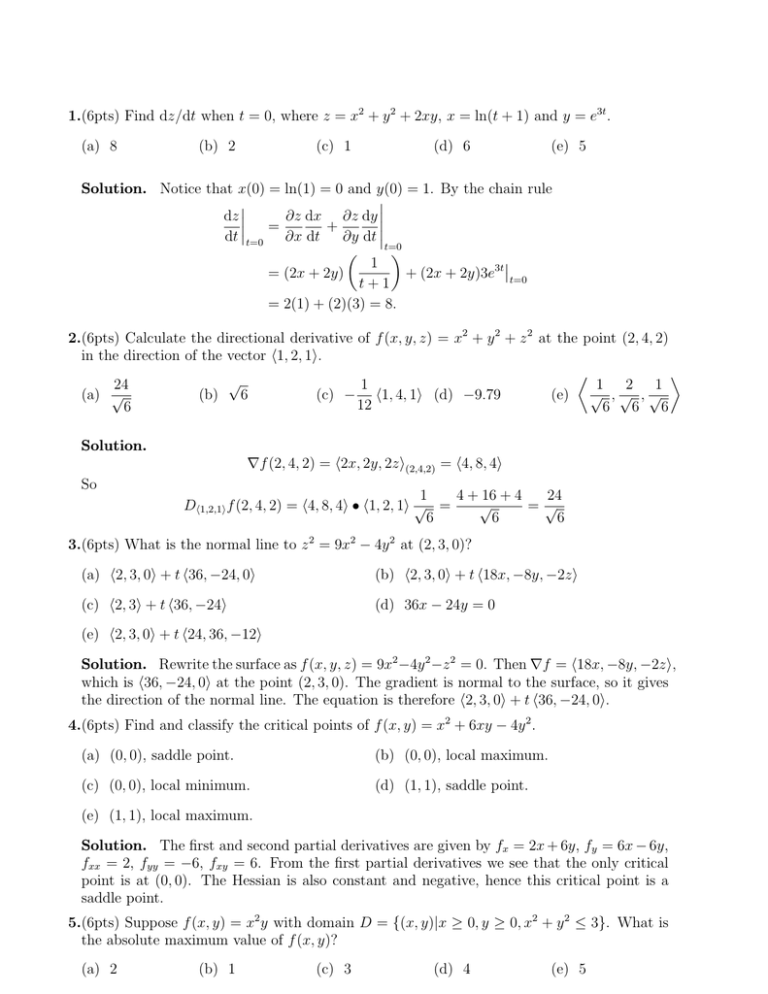 |  | |
 | 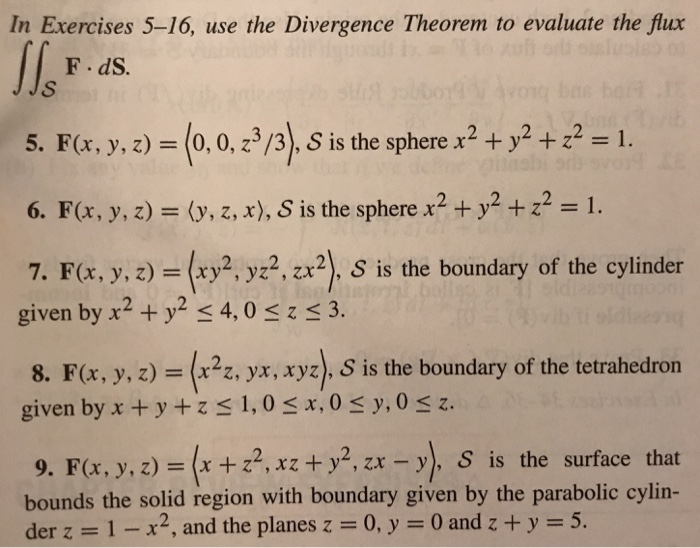 |  |
「F x y z x 2 y 2 z 2 0 pde」の画像ギャラリー、詳細は各画像をクリックしてください。
 |  |  |
 | ||
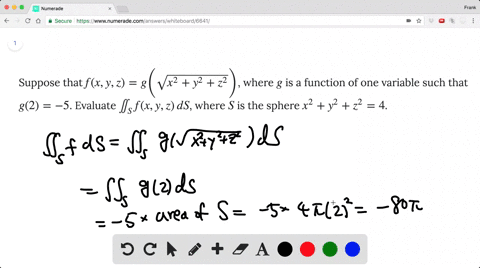 |  | 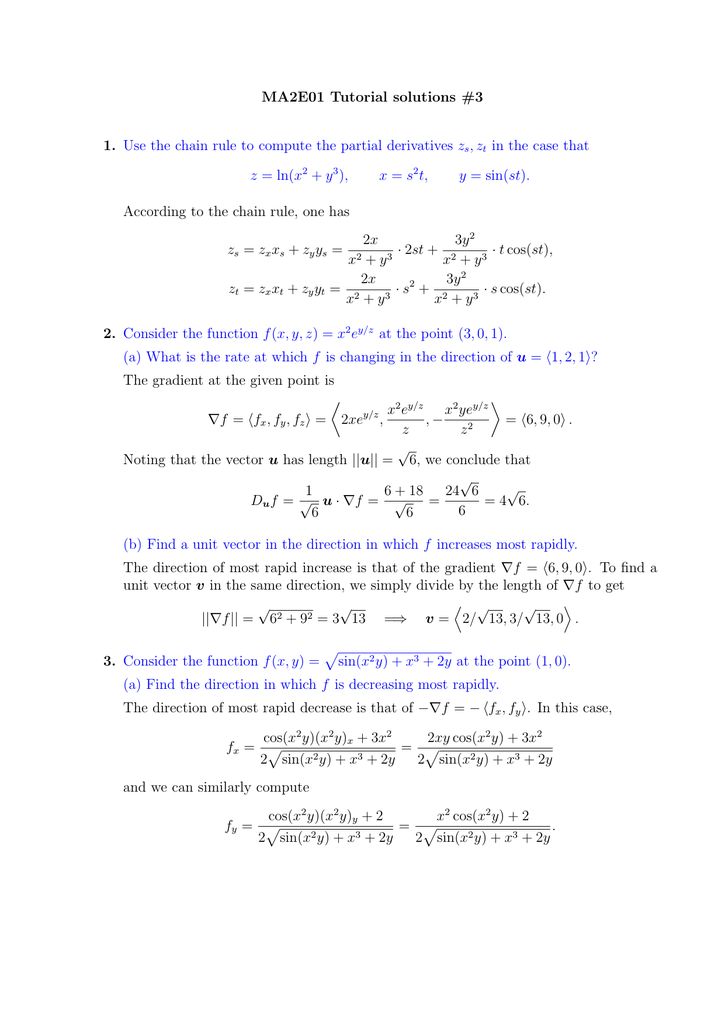 |
「F x y z x 2 y 2 z 2 0 pde」の画像ギャラリー、詳細は各画像をクリックしてください。
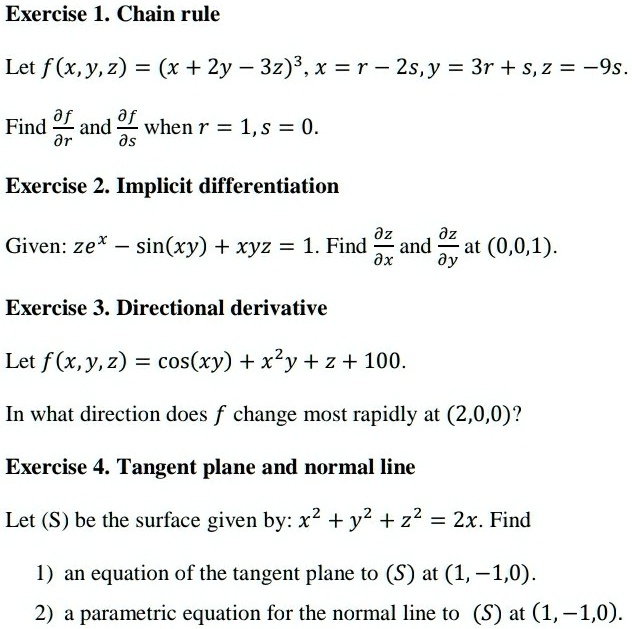 | 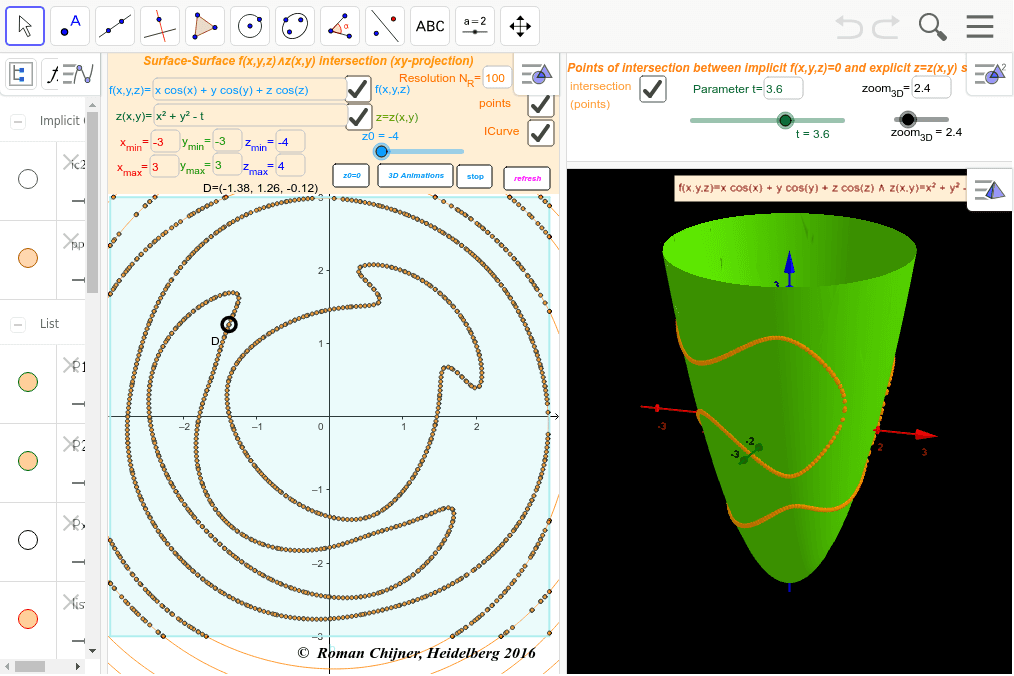 | 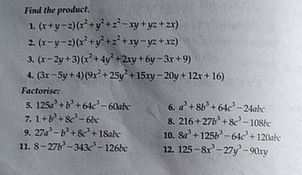 |
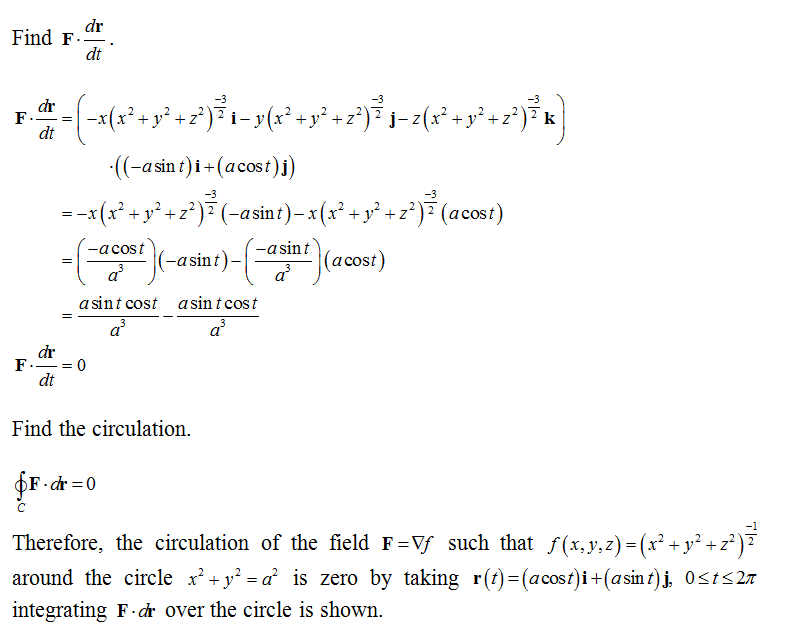 |  | |
 | 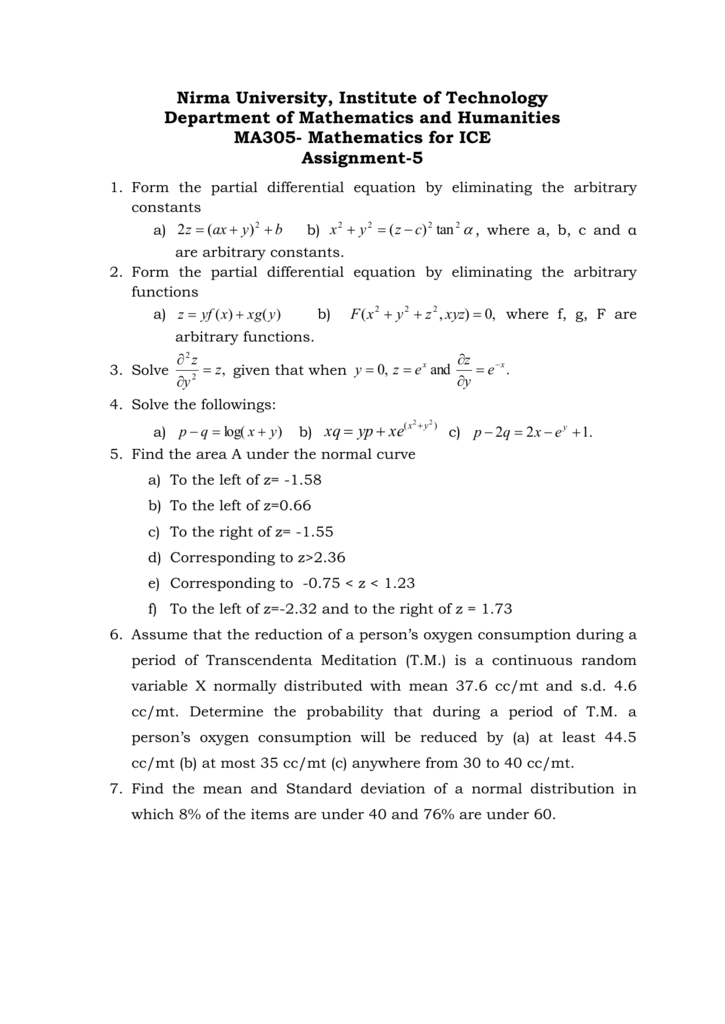 |  |
「F x y z x 2 y 2 z 2 0 pde」の画像ギャラリー、詳細は各画像をクリックしてください。
 | 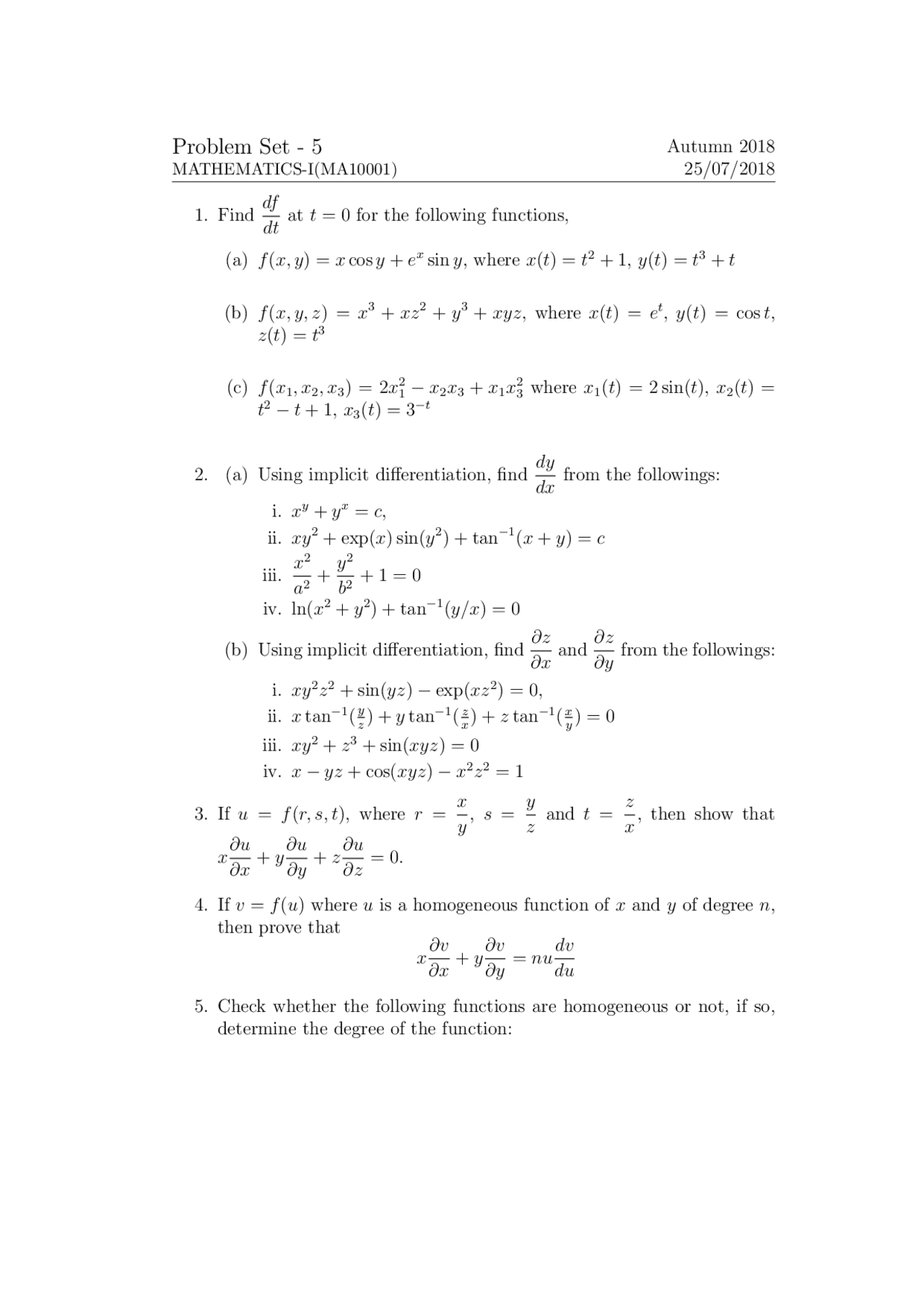 |  |
 | 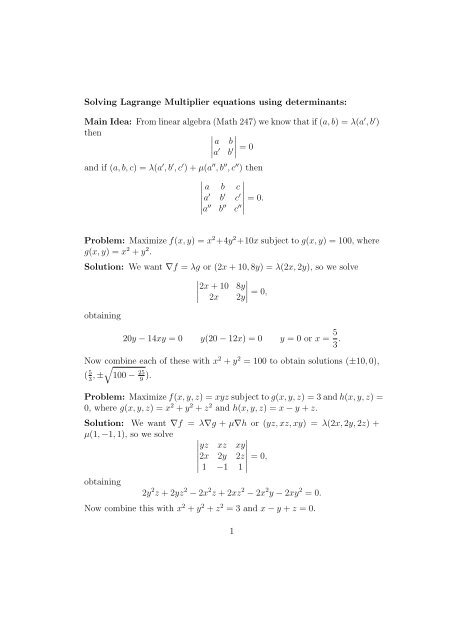 | 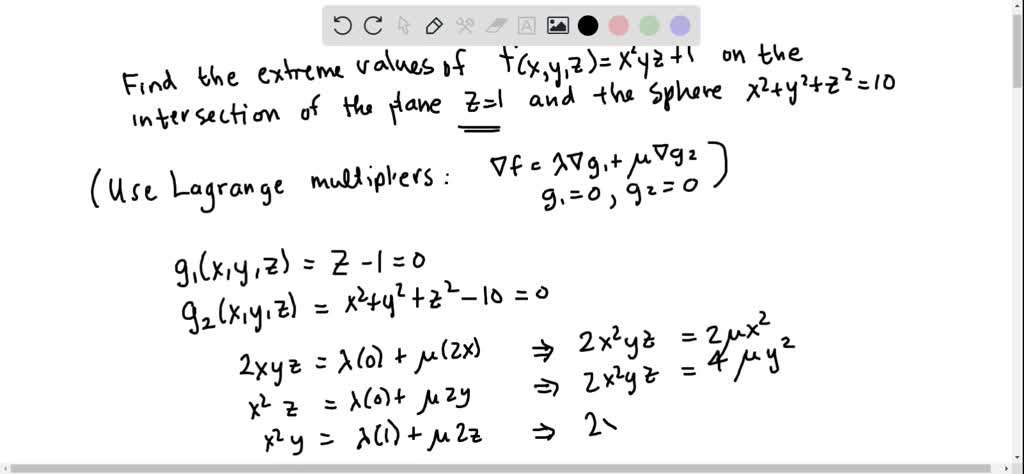 |
 |  |  |
「F x y z x 2 y 2 z 2 0 pde」の画像ギャラリー、詳細は各画像をクリックしてください。
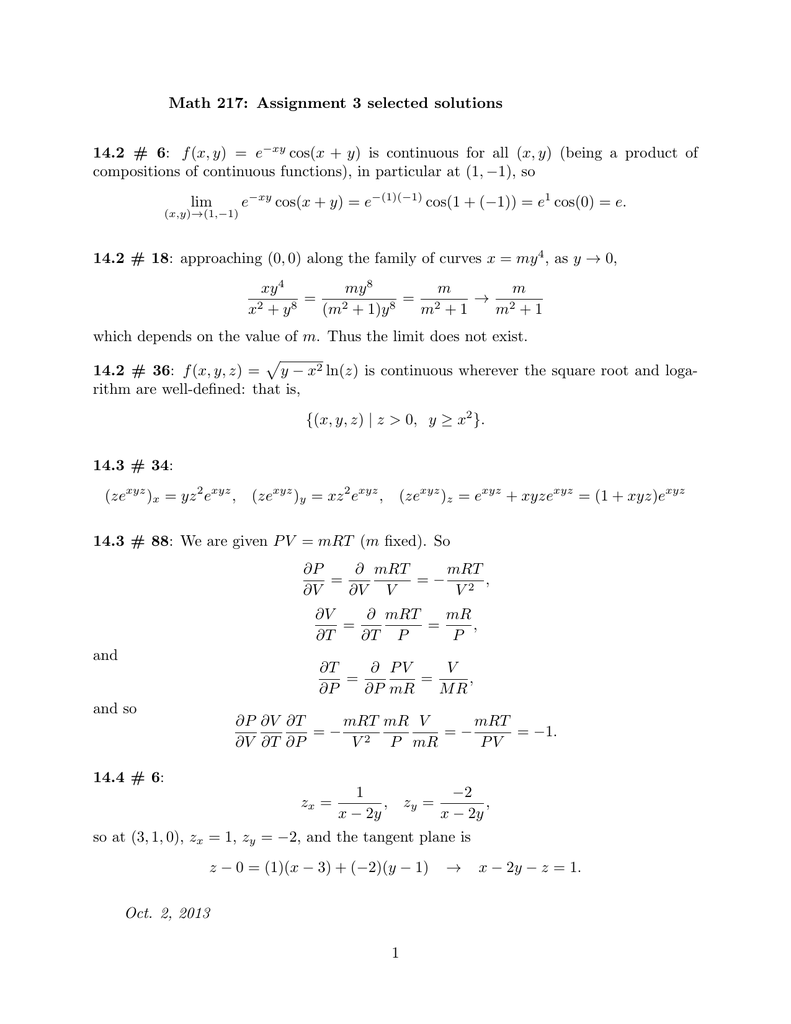 | 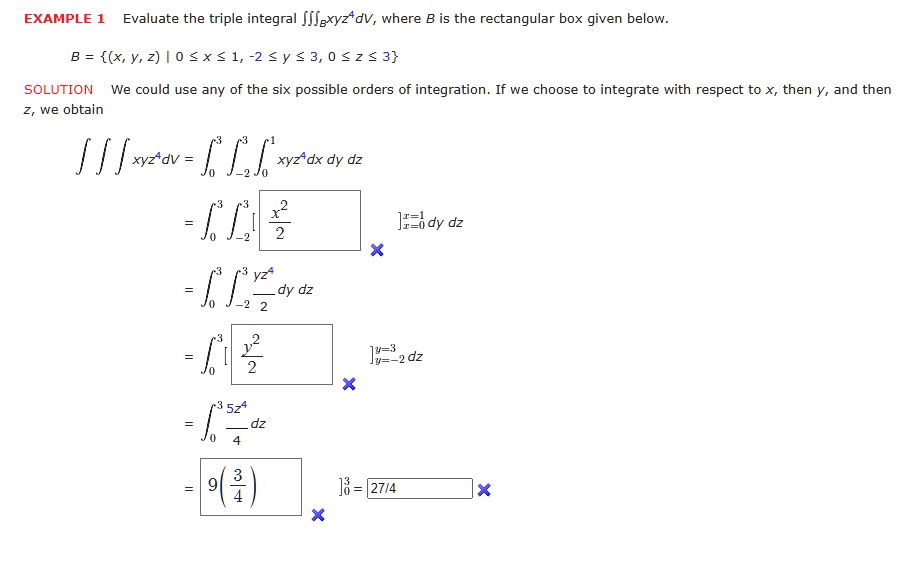 | |
 |  |  |
 |  | |
「F x y z x 2 y 2 z 2 0 pde」の画像ギャラリー、詳細は各画像をクリックしてください。
 |  |  |
S is the surface of the region bounded by the cylinder x2 y2 = 4 and the planes x z = 2 and z = 0 Solution The divergence of F is divF = ∂ ∂x (x2 sin(yz)) ∂ ∂y (y − xe−z) ∂ ∂z (z2) = 2x 12z Let E be the region {(x,y,z) 0 ≤ zThen a function f(z) is simply a function F(x;y) = u(x;y) iv(x;y) of the two real variables xand y As such, it is a function (mapping) from R2 to R2 Here are some examples 1 f(z) = zcorresponds to F(x;y) = x iy(u= x;v= y);
Incoming Term: f x y z x 2 y 2 z 2 0, f x y z x 2 y 2 z 2 0 pde,
コメント
コメントを投稿